How to Replace Knob and Tube Wiring With Romex?
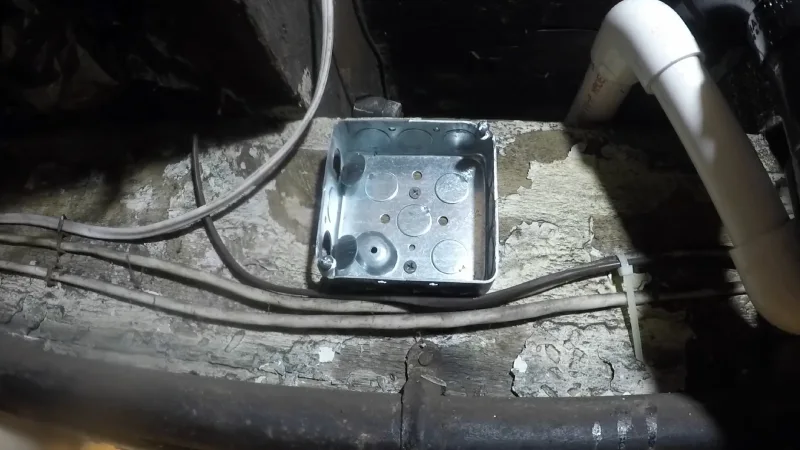
If you own an older home, there’s a good chance that it may have knob and tube wiring, which was commonly used in homes built before the 1950s. While knob and tube wiring may have been sufficient for its time, it is now considered outdated and potentially dangerous.
Over time, the insulation on knob and tube wiring can become brittle and break down, increasing the risk of electrical fires and shocks. Additionally, the wiring may not be sufficient to handle the electrical load of modern homes, which can lead to overheating and other issues.
Replacing knob and tube wiring with Romex, a more modern and safer type of electrical wiring, is an important task for ensuring the safety and functionality of your home’s electrical system. In this guide, we will go over the steps involved in replacing knob and tube wiring with Romex, as well as other considerations to keep in mind when completing this task.
You'll Learn About
What is Knob and Tube Wiring?
Knob and tube wiring is a type of electrical wiring that was commonly used in homes built before the 1950s. It consists of two wires, one hot and one neutral, which are run through ceramic insulators (knobs) and through the walls, ceilings, and floors of a home (tube). The hot wire is typically covered in cloth insulation, while the neutral wire is left bare.
Used in Homes
Knob and tube wiring was used in homes because it was relatively easy to install and could be run through small spaces, such as the hollow walls and attics of older homes. However, it is now considered outdated and potentially dangerous.
Risk of Electrical Fires
One of the main dangers of knob and tube wiring is the risk of electrical fires. Over time, the insulation on the wires can become brittle and break down, increasing the risk of electrical sparks and fires. Additionally, knob and tube wiring is often not sufficient to handle the electrical load of modern homes, which can lead to overheating and other issues.
Risk of Electrical Shocks
Another potential danger of knob and tube wiring is the risk of electrical shocks. The wiring may not be grounded, meaning there is no connection to the earth that can dissipate excess electrical current. This can increase the risk of electrical shocks if someone touches a live wire.
Overall, it is important to replace knob and tube wiring with a safer, more modern type of wiring, such as Romex, to reduce the risk of electrical fires and shocks in your home.
How to Plan Properly to Replace Knob and Tube Wiring With Romex?
You should have a good plan in place for replacing the knob and tube wiring in your home. However, it’s important to follow all necessary safety precautions and to make sure you have the proper permits and inspections before beginning any electrical work.
It’s also a good idea to consult with a professional electrician or your local building department to ensure that you are following all necessary codes and regulations.
In addition to following your plan, there are a few other things to consider:
- Make sure you use the proper size and type of wire for the job. It’s important to use wire that is rated for the amount of current it will be carrying and that is suitable for the location where it will be installed (e.g. indoor, outdoor, wet location).
- Use proper wire connectors and secure them properly. Wire connectors, such as wire nuts, should be the appropriate size for the wire they are connecting and should be tightened securely and then wrapped with electrical tape to ensure a secure and safe connection.
- Use proper tools and equipment. Make sure you have the proper tools and equipment for the job, such as wire strippers, wire connectors, voltage testers, and personal protective equipment (e.g. gloves, safety glasses).
- Test your work. After completing the wiring, it’s important to test your work to ensure that it is safe and functions properly. This can be done using a voltage tester or other testing equipment.
Overall, it’s important to follow proper safety procedures and to consult with a professional or local building department if you have any doubts about your ability to complete the work safely.
How to Prepare for the Replacement Process?
Preparing properly for the replacement process is crucial for ensuring a safe and successful outcome. By obtaining the necessary permits and inspections, shutting off the power, testing the wires, and having the proper tools and equipment, you can reduce the risk of accidents and ensure that the work is done correctly.
Permits and Inspections
Before beginning any electrical work, it is essential to obtain the proper permits and inspections. This is important for ensuring that the work is done safely and meets all necessary codes and regulations. It is also important for protecting your home and your home insurance coverage.
Shut Off the Power
To prepare for the replacement process, the first step is to shut off the power to the area where the work will be done. This can be done by switching off the circuit breaker or fuse that supplies power to that area. It’s important to make sure that the power is off before starting any electrical work to avoid the risk of electric shock.
Test the Wires
After the power is shut off, it is essential to test the wires to ensure that they are not live. This can be done using a voltage tester or other testing equipment.
Proper Tools and Equipment
Having the proper tools and equipment for the job is also crucial for ensuring a safe and successful replacement process. This includes wire strippers, wire connectors, voltage testers, and personal protective equipment such as gloves and safety glasses.
It’s important to use the proper size and type of wire strippers and connectors for the wire you are working with, and to make sure that they are tightened securely and wrapped with electrical tape to ensure a safe connection.
The Replacement Process
Replacing knob and tube wiring with Romex is a relatively straightforward process, but it’s important to follow proper safety procedures and to have a clear plan in place before beginning the work. Here are the steps for replacing knob and tube wiring with Romex:
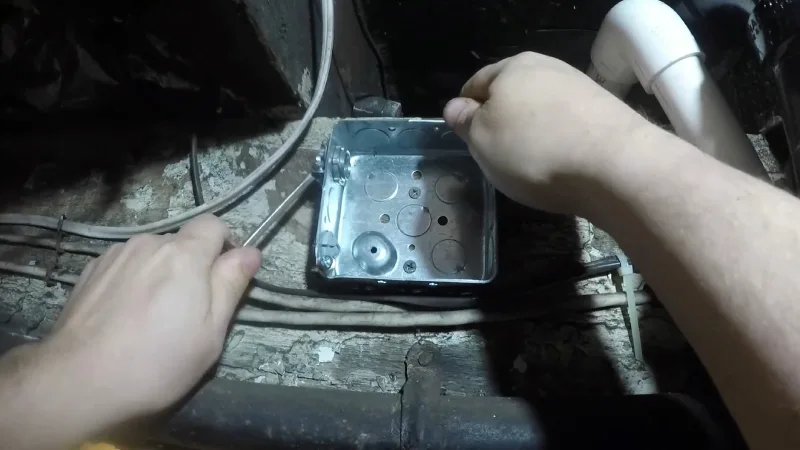
Identify the Hot Wires
Using a voltage tester, identify the hot wires in the knob and tube wiring. The hot wire is the one that carries the electrical current and will be covered in cloth insulation.
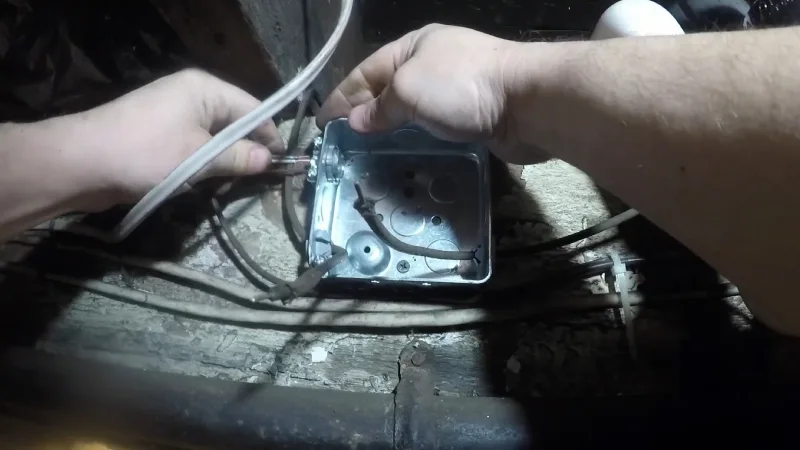
Disconnect the Knob and Tube Wiring
At each junction box, carefully disconnect the knob and tube wiring by loosening the wire connectors and separating the wires. If the wire connectors are not easily accessible, you may need to remove the junction box cover to access them.
Run the Romex Between the Junction Boxes
Measure and cut the Romex to the appropriate length, taking into account the distance between the junction boxes and any turns or bends in the route. Use wire strippers to remove the outer insulation from the ends of the Romex and expose the wires inside.
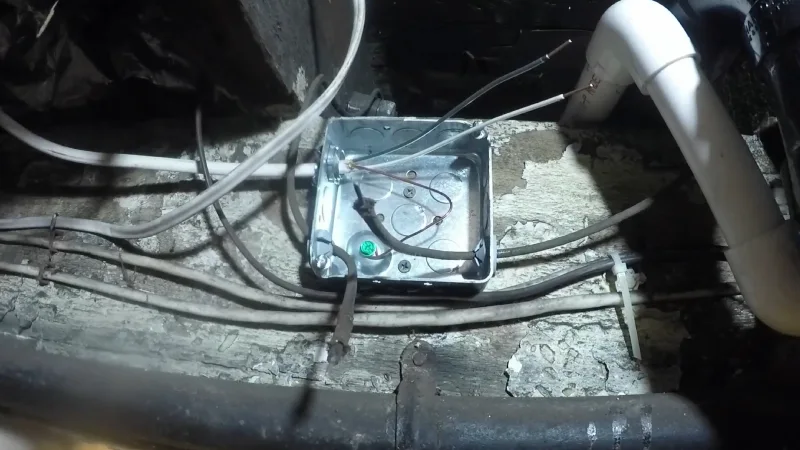
Connect the Romex to the Other Wiring in the Junction Boxes
Using wire connectors, securely connect the Romex to the other wiring in the junction boxes. Make sure to use the proper size and type of wire connector for the wire you are working with, and to wrap the connections with electrical tape to ensure a secure and safe connection.

Install New Junction Boxes Where Needed
If there are any taps in the knob and tube wiring that are not connected to a junction box, you will need to install a new junction box and connect the Romex inside the box.
By following these steps, you can replace the knob and tube wiring in your home with Romex, ensuring a safer and more modern electrical system. It’s important to follow proper safety procedures and to consult with a professional electrician if you have any doubts about your ability to complete the work safely.
Here is a Quick Look:
| Step | Description |
|---|---|
| 1 | Obtain necessary permits and inspections |
| 2 | Shut off power to the area where the work will be done |
| 3 | Test the wires to ensure that they are not live |
| 4 | Identify the hot wires in the knob and tube wiring |
| 5 | Disconnect the knob and tube wiring at the junction boxes |
| 6 | Measure and cut the Romex to the appropriate length |
| 7 | Strip the insulation from the ends of the Romex |
| 8 | Connect the Romex to the other wiring in the junction boxes |
| 9 | Install new junction boxes where needed |
| 10 | Upgrade outlets and switches to match the new Romex wiring |
| 11 | Bring the wiring up to current codes and standards |
| 12 | Upgrade the wiring for appliances as needed |
Other Considerations
When replacing knob and tube wiring with Romex, there are a few other considerations to keep in mind.
- First, it’s important to upgrade outlets and switches to match the new Romex wiring. Outlets and switches that are not compatible with Romex wiring can cause problems such as loose connections and increased risk of electrical fires. Replacing these components with ones that are compatible with Romex wiring can help ensure a safer and more reliable electrical system.
- Second, it’s important to bring the wiring up to current codes and standards. This may involve adding new receptacles and circuits as needed to meet the electrical needs of your home. It’s a good idea to consult with a professional electrician or your local building department to determine the specific requirements for your home.
- Finally, it’s a good idea to upgrade the wiring for appliances such as stoves, clothes dryers, and water heaters as necessary. These appliances often have high electrical demands, and using outdated or insufficient wiring can increase the risk of overheating and other issues. By upgrading the wiring for these appliances, you can ensure a safer and more reliable electrical system.
Overall, it’s important to consider these other factors when replacing knob and tube wiring with Romex to ensure a safe and functional electrical system in your home.
Final Words
In conclusion, replacing knob and tube wiring with Romex is an important task for ensuring the safety and functionality of a home’s electrical system. Knob and tube wiring is outdated and can pose a risk of electrical fires and shocks, and replacing it with Romex can help reduce these risks.
However, it’s important to follow proper safety procedures and to consult with a professional electrician if you have any doubts about your ability to complete the work safely. Electrical work can be dangerous, and it’s important to take all necessary precautions to protect yourself and your home.
By following the steps outlined in this guide and consulting with a professional, you can successfully replace the knob and tube wiring in your home with Romex, ensuring a safer and more modern electrical system.


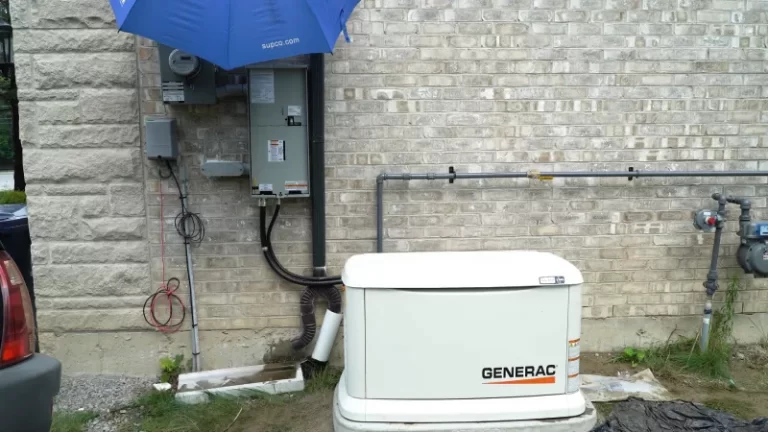
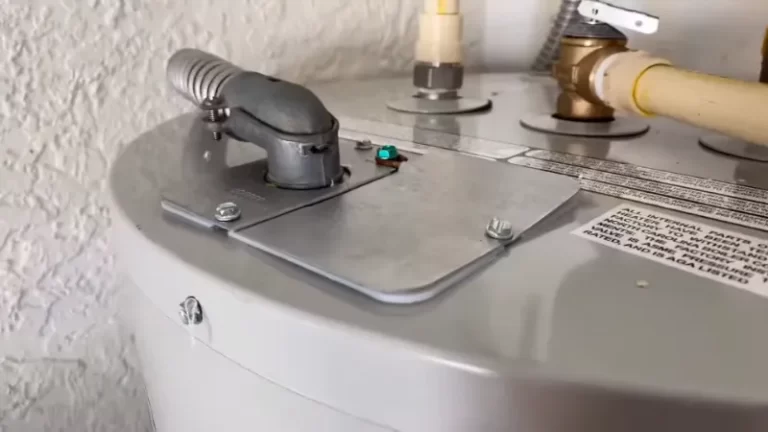

![Splice 10/3 Wire [is Easy to Do]](/wp-content/uploads/2023/02/Splice-10_3-Wire-768x432.webp)
